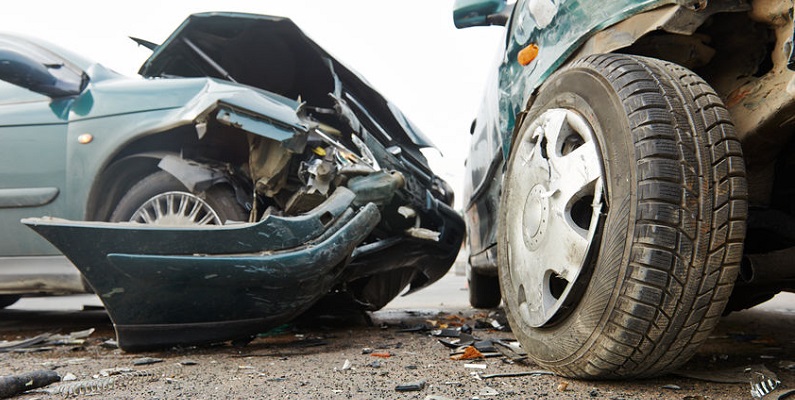Colorado has seen a 24 percent increase in auto accident fatalities over the past few years and looks to V2V tech to decrease overall traffic crashes by 80 percent.
V2V Technology May Offer Drivers Additional Safety
One of the more promising technological features being developed today is V2V, or vehicle-to-vehicle, communication. Highway authorities firmly believe V2V communication will be one of the most advanced pieces of technology placed in vehicles that will help reduce crashes. Not only that, the sooner V2V technology becomes standard equipment, the sooner self-driving and autonomous vehicles will be seen on roads nationwide.
V2V Tech Meant to Prevent Fatal Auto Accidents
The National Highway Safety Administration (NHTSA), believes V2V technology has the potential of reducing the number of multi-vehicle crashes by 82 percent. V2V technology centers around dedicated short-range communications, a wireless network which allows V2V-enabled vehicles to communicate with each other and alert the drivers of potential hazards so they can react accordingly. The wireless network’s range is 1000 feet with V2V transmitting information such as a vehicle’s speed, heading, and braking status.
Thinking about vehicle interaction during a four-way stop will highlight V2V technology’s usefulness. If all four vehicles have V2V installed, drivers will receive notifications such as a warning light or a sound signal alerting you to brake if one vehicle is about to run a stop sign, preventing a crash and any injury or loss of life. As a means of improving road conditions for all manner of vehicles on winding roads, city streets, and interstate highways, V2V technology could potentially revolutionize driver and pedestrian safety in Colorado. Currently, NHTSA believes that two specific applications of V2V, the Intersection Movement Assist (IMA) and Left Turn Assist (LTA) could reduce accidents, injuries, and fatalities by 50 percent.
V2V as Component in Autonomous Vehicles
While fully autonomous vehicles are still a few years off, many vehicles already have some self-driving components. Some cars, SUVs, and trucks are now equipped with features such as early crash-warning systems, adaptive cruise control, and self-parking. These features are just the beginning of what some say will be part of completely self-driving vehicles coming in the next 10 to 15 years. Right now, autonomous technology relies on computers, cameras, and radar technology, but a group of researchers at the University of Michigan is also looking at V2V communication in self-driving vehicles. According to the research, V2V makes autonomous prototype vehicles even safer by allowing the vehicle to “see” much farther down the road than a human driver can see thus hopefully avoiding a crash or dangerous situation.
Colorado Partners with Panasonic to Experiment with Autonomous Vehicles
Earlier this year, the Colorado Department of Transportation (CDOT) announced it was partnering with Panasonic to test autonomous vehicles. The test is taking place along a 90-mile section of Interstate 70, and both CDOT and Panasonic note that the goal is to make transportation safer; something state officials embrace since recording a 24 percent increase in Colorado auto accident fatalities over the past few years. Those testing this autonomous technology are hoping self-driving vehicles will reduce accidents by 90 percent. Officials also note that the public needs to be assured that autonomous vehicles are indeed safe and having vehicles talking to one another is one way of doing just that.

